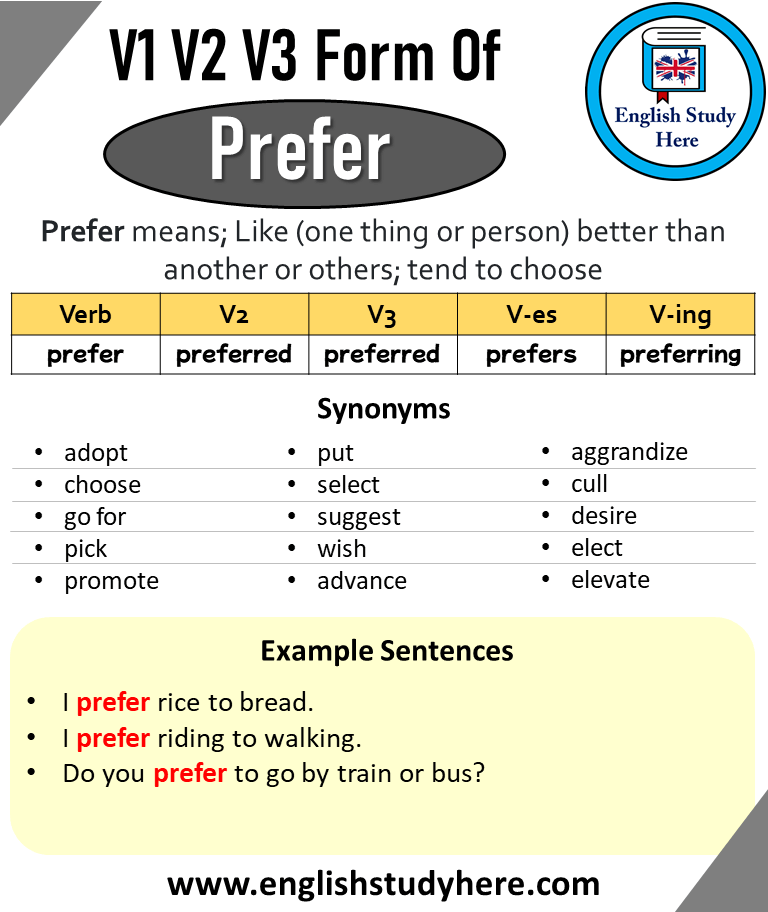Desire Past And Past Participle Form V1 V2 V3 V4 V5 Form of Desire
Have you ever paused to think about how the word “desire” morphs and adapts in different tenses? Understanding the various forms of “desire” can greatly enhance your command over the English language.
Imagine being able to express your wants and wishes with precise clarity. Whether you’re writing an essay, crafting a compelling story, or simply trying to improve your language skills, mastering the verb forms of “desire” can be your secret weapon.
In this guide, we’ll dive into the past and past participle forms, exploring V1, V2, V3, V4, and V5 of this fascinating verb. Stick around, and by the end, you’ll have the confidence to use “desire” in any context with ease.
Base Form Of Desire
The base form of the word is desire. It is used when talking about wanting something. Kids understand it as wanting a toy or a treat. Desire is a simple verb. It shows a wish or a need. People use it to express feelings. For example, “I desire ice cream.” It’s easy to remember. Just think of something you want. That is your desire.

Credit: m.youtube.com
Past And Past Participle Forms
Desireis a simple word. It shows what we want. The past form is desired. It tells what was wanted before. The past participle is also desired. It helps in perfect tenses. Simple, right?
| Form | Example |
|---|---|
| V1 | Desire |
| V2 | Desired |
| V3 | Desired |
| V4 | Desiring |
| V5 | Desires |
We use desireto talk about wants. Desiredis for past wants. “She desireda toy.” For present, use desires. “He desiresice cream.” Easy to follow!
Continuous And Perfect Forms
The word “desire” is used in different forms. These forms show different times. In the continuous form, we have “desiring.” For the perfect form, it is “desired.” These forms help us talk about actions in the past, present, or future.
In the present continuous, we say “I am desiring.” For the past continuous, it’s “I was desiring.” The future continuoususes “I will be desiring.” In the present perfect, we say “I have desired.” For the past perfect, it’s “I had desired.” The future perfectuses “I will have desired.”

Credit: englishstudyhere.com

Credit: englishstudyhere.com
Conclusion
Understanding the forms of “desire” enhances your English skills. It helps in forming correct sentences. This knowledge supports clearer communication. You can express wishes more accurately. Practice using “desire” in different contexts. It builds confidence in speaking and writing. Remember, language learning takes time.
Be patient with your progress. Keep practicing regularly. You will see improvement. Learning can be fun and rewarding. Enjoy the journey of mastering English. Keep exploring new words and forms. Your efforts will pay off. Thank you for reading our blog.
We hope it was helpful and informative.






